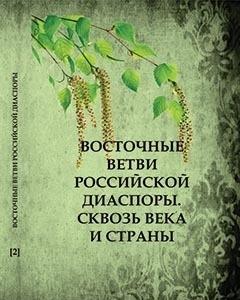
Abstract
This paper provides an overview of the experience of the Russian refugee diaspora in Iran between 1930 and 1960. Un-like other waves of the post-Revolution Russian diaspora (i.e. those ending up in Europe and the Far East), this group of Russians has not been the subject of scholarly attention. Most of these refugees arrived in Iran between 1928 and 1932 fleeing the upheavals attendant on Collectivisation and Dekulakisation in the Soviet Union.
These `stateless Russians’ lived in Iran for two decades, long enough to raise a generation of children speaking both Russian and Farsi and, during the Second World War, to make a valuable contribution to the delivery of Lend Lease Aid to Russia through the ‘Persian Corridor’. After the War, in the face of rising Iranian nationalism, the oil nationalisation crisis, and incipient Cold War rivalry between Britain and the United States and the Soviet Union, these refugees and other stateless Europeans were increasingly unwelcome. By 1955, with the help of the United Nations High Commissioner for Refugees, and Western governments and refugee relief agencies including the Tolstoy Foundation, most of these Russians were able to leave Iran to resettle in Australia and the United States.
File attachments
| Attachment | Size |
|---|---|
| Marcus_James_Diaspora_Chap.pdf(387.71 KB) | 387.71 KB |